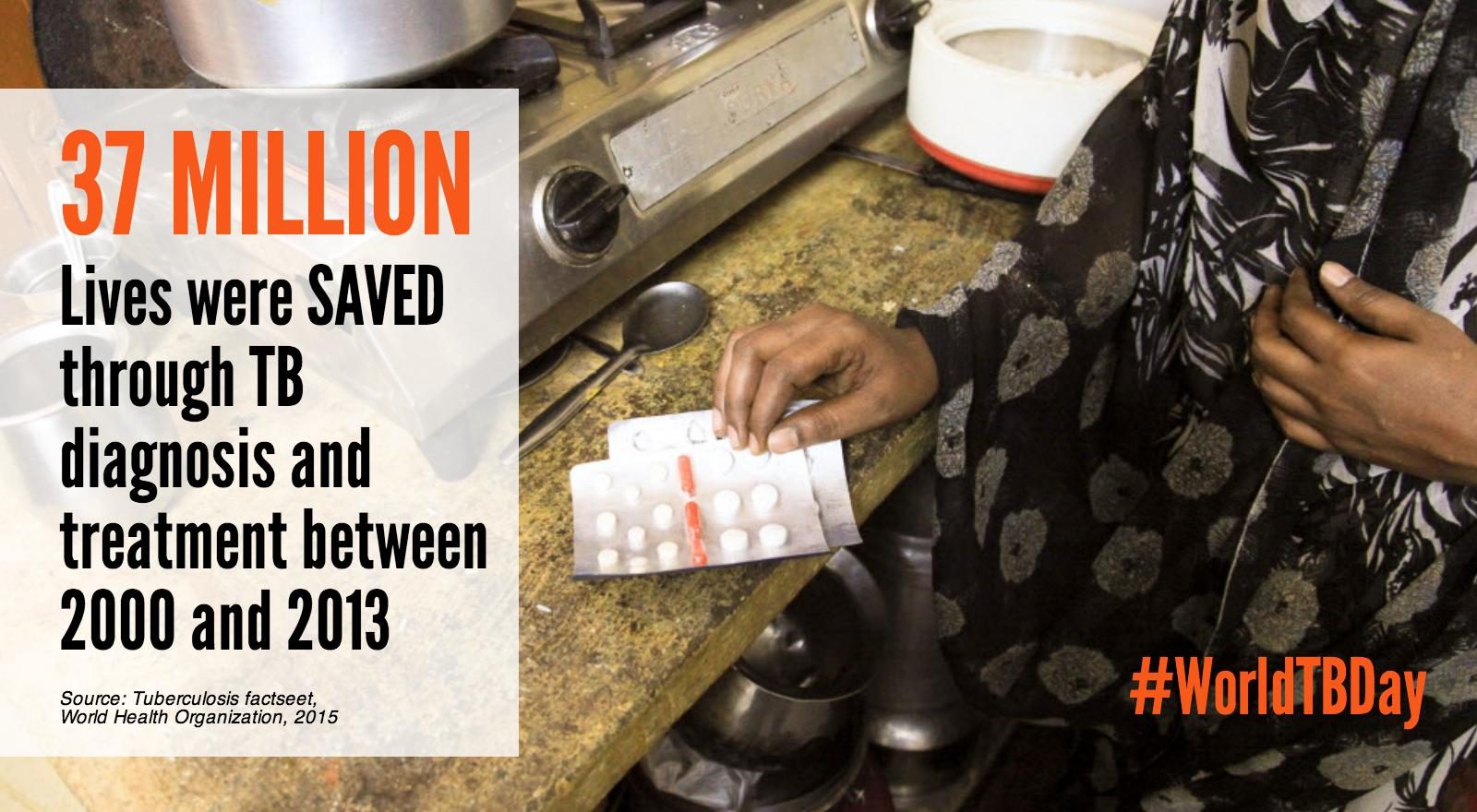SUMMARY
This is AI generated summarization, which may have errors. For context, always refer to the full article.

CAGAYAN DE ORO, Philippines – Jose, a father of 4, was the family’s only breadwinner.
Every day he pushed carts and carried bags at a bus terminal in Mindanao. Income wasn’t that much, but it was enough to provide food on the table.
Getting sick, though, and taking time off work was not an option.
When Jose developed a wet cough, he tried a series of over-the-counter medicine. None worked.
Finally, Jose’s wife convinced him to set an appointment with a doctor. There, the family man learned he was one of the 290,000 Filipinos newly infected with tuberculosis (TB).
This airborne disease has plagued humanity for thousands of years. The characteristics of the disease – fever, colorless urine, cough resulting in a thick sputa, and loss of thirst and appetite – have haunted millions.
In the 19th century, one in every 4 deaths in Europe was attributed to this disease.
Now TB has nearly been wiped away from countries with high-income economies. But in places where poverty persists, TB continues to strike.
According to the World Health Organization (WHO), TB is still one of the world’s top health challenges with 9 million new TB cases and the deaths of nearly 1.5 million people each year.
In Jose’s low-income, high-density housing neighborhood in Cagayan de Oro City, TB was common.
It’s in conditions like these that infectious diseases best spread – overcrowded places with poor ventilation. When one person coughs, the virus can be spread to many.
TB plague and treatment
With today’s rapid urbanization and easier migration from one place to another, TB continues to plague many neighborhoods.
WHO reports that people ill with TB can infect up to 10 to 15 other people through close contact over the course of a year. Without proper treatment up to two-thirds of people ill with TB will die.
Jose tells us that several of his neighbors were infected with TB, too. Some died. Others were stigmatized and shunned.
When Jose learned he was infected, he too refused to take treatment, even though government provided it for free. His family needed him to earn money. His children needed to eat.
To fully treat TB, discipline is required. People infected with the disease must complete a full 6-month course of treatment. If the full treatment is not completed, people can be re-infected and develop a more extreme type of the disease – multi-drug resistant TB.
WHO estimates that about 450,000 people contracted Multiple Drug Resistant (MDR)-TB in 2012, and some studies have shown that drug-resistant TB are far above what authorities originally believed.
There are several reasons for surging of drug-resistant TB. According to WHO, the following are the two main causes of drug-resistant TB: (a) Mis-management of TB treatment which includes inappropriate or incorrect use of TB medicines, poor quality medicines, and stopping treatment before finishing the full course; (b) person-to-person transmission of drug-resistant TB in crowded settings such as prisons and hospitals.
Luckily, for Jose, one of his adult daughters agreed to go to work to provide him, his wife, and other children with food to eat.
World Vision also had a social mobilization project dedicated to stopping the spread of TB. A network of local volunteers dedicated themselves to supporting those affected by the disease through engagement of communities in TB detection, supportive care, and management.
“We were advised to go to the health center for the treatment. I had to take 6 months of medication,” Jose said. “The process was really hard for the entire family. I isolated myself from my children and grandparents for some time because I do not want them to be infected.”
Task Force members of the social mobilization project checked in on patients and made sure they adhere to the treatment regime. Eventually, Jose was cured.
“I don’t think I would still be alive today and be able to take care of my children and grandchildren if I wasn’t treated and if I wasn’t able to avail of the free medication of the government,” he said.
While the outcome was positive for Jose, for Filipinos the situation requires greater focus.
The WHO still ranks the Philippines as one of the global top 10 in TB prevalence. The rate of new infections, despite a push from the Millennium Development Goals has not fallen in the country in the last 15 years – stubbornly sitting at 290,000 new infections each year.
That may mean that TB is getting detected more often and that more people are getting treated for the disease; but more work remains.
In order to better combat this disease, a wider range of stakeholders needs to be engaged to reduce the TB burden.
These should include civil society organizations, non-governmental organizations, community based organizations, private and corporate sectors, as well as academe.
The battle against TB in the Philippines can be won – the way it has been in high-income countries: with integrated efforts and commitment. – Rappler.com
Add a comment
How does this make you feel?
There are no comments yet. Add your comment to start the conversation.